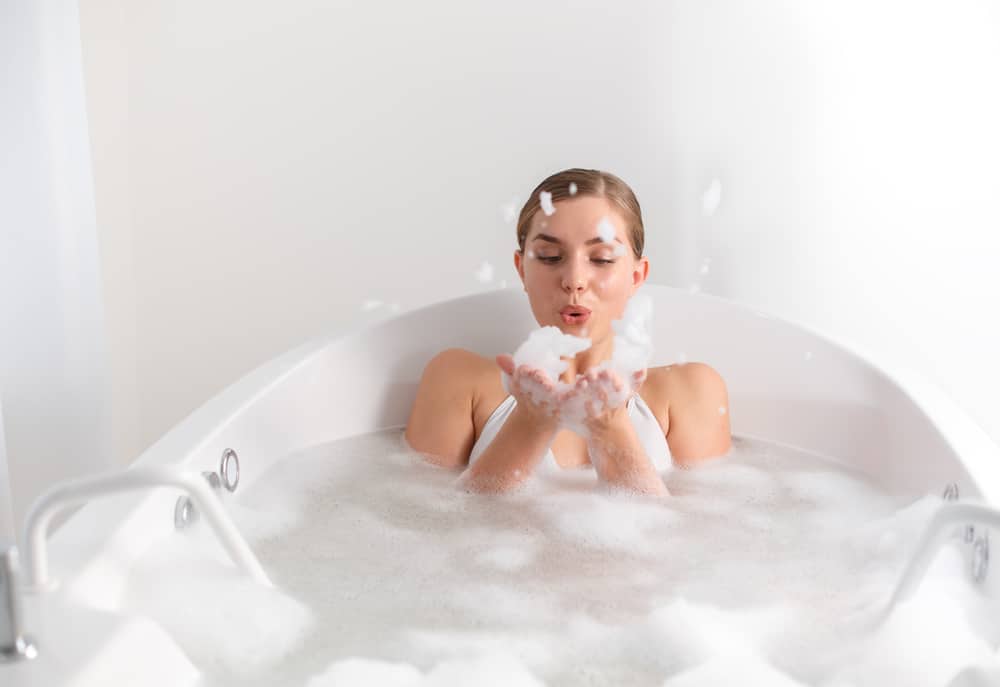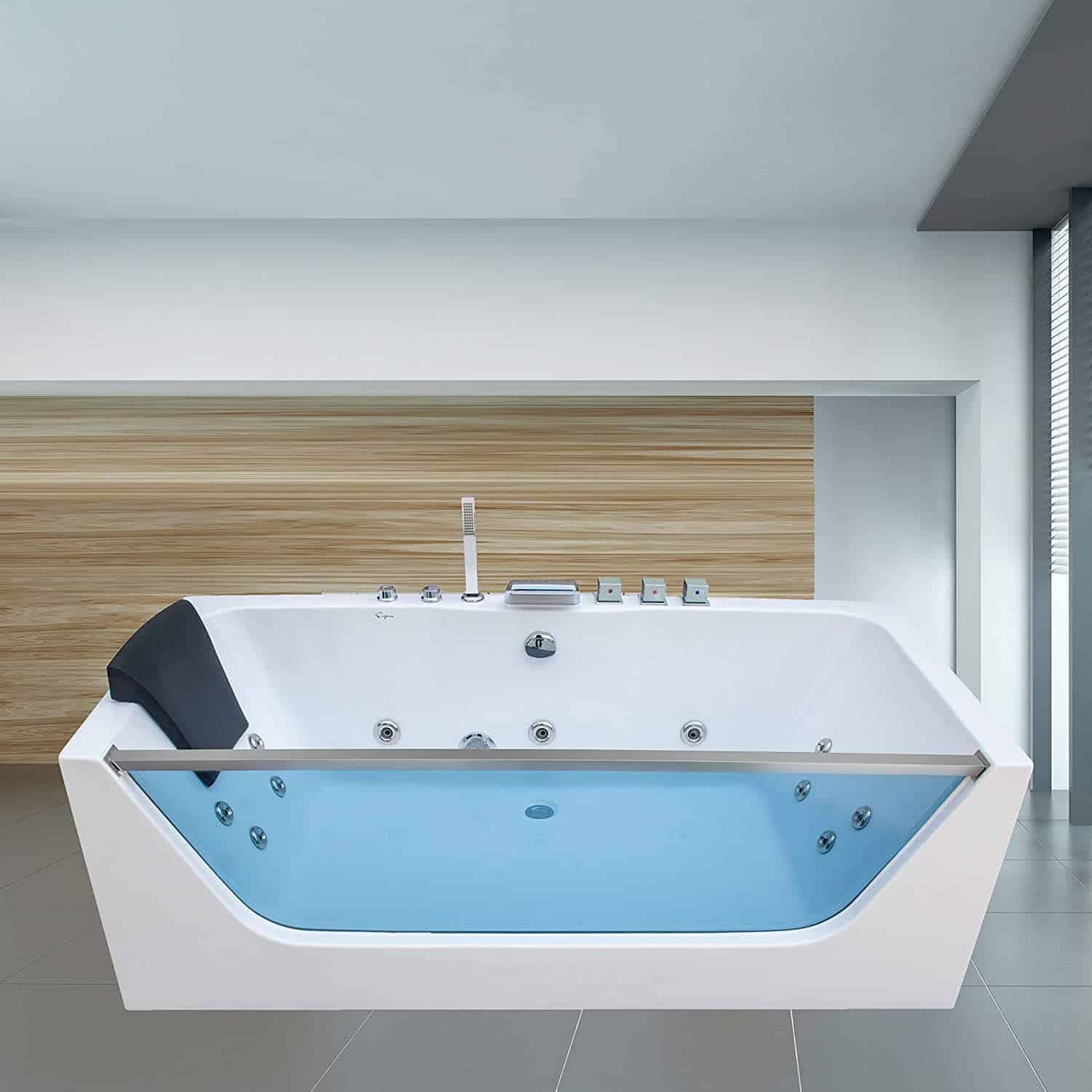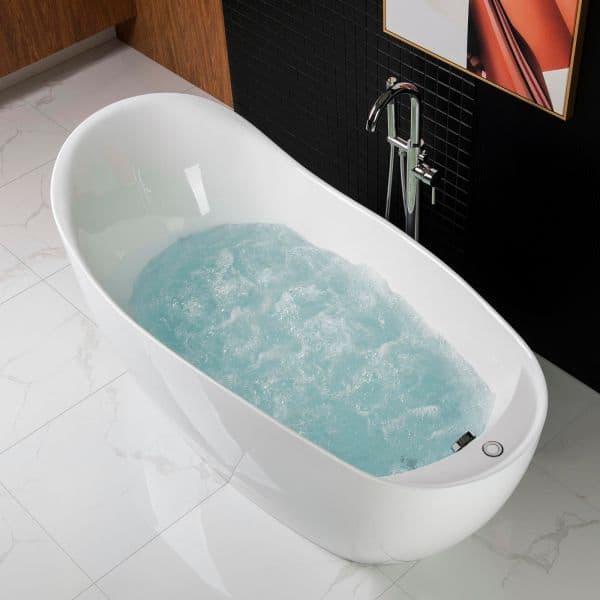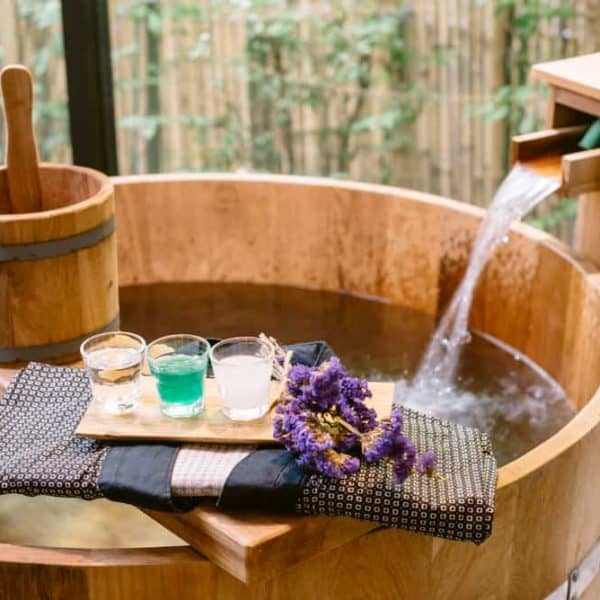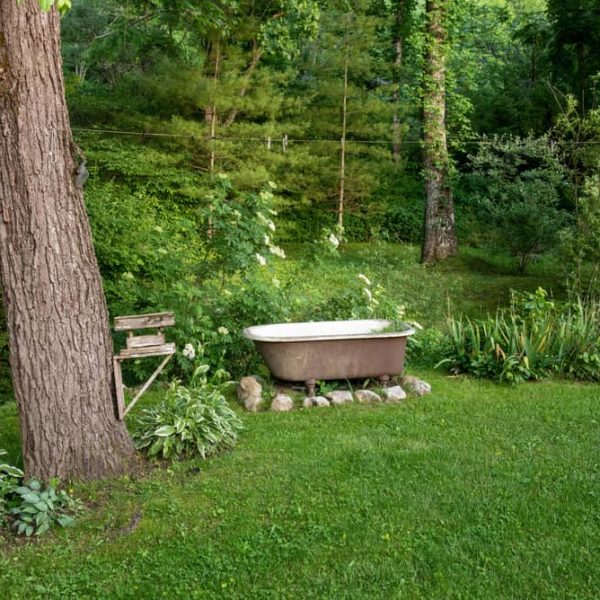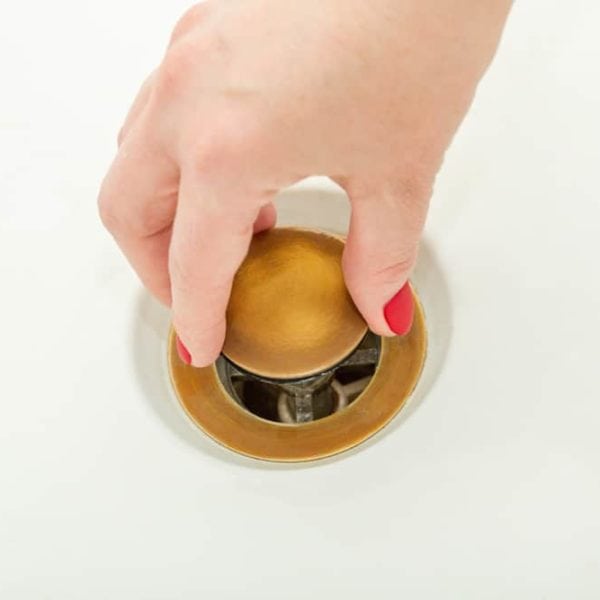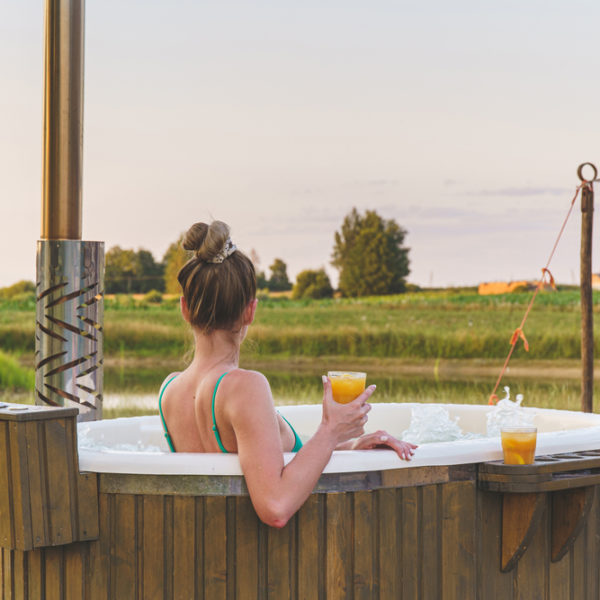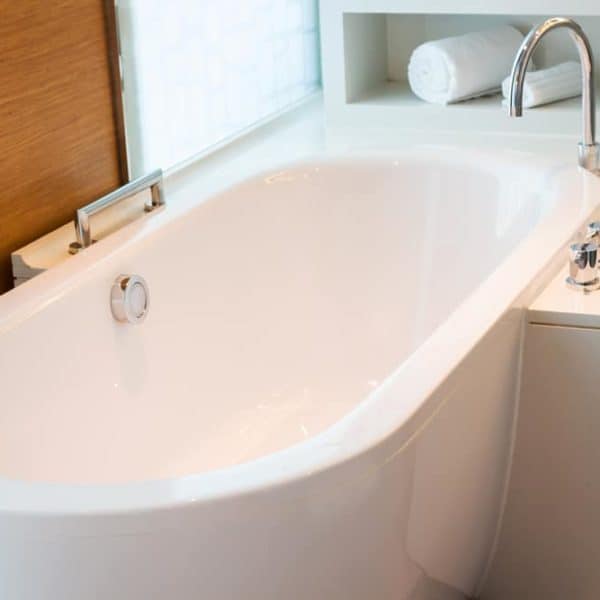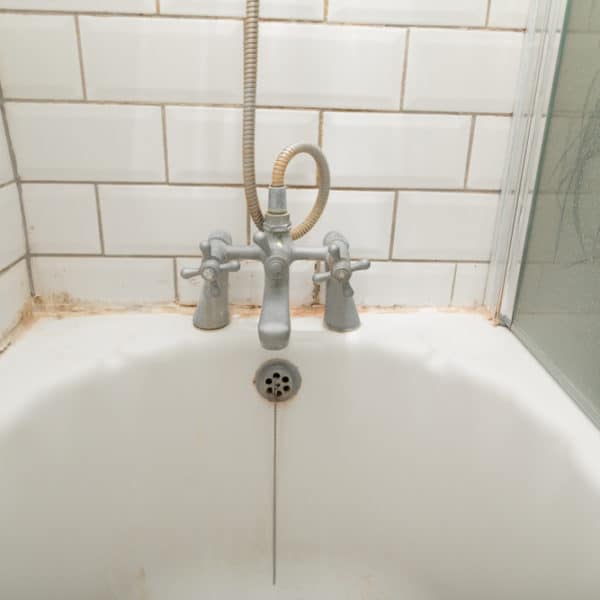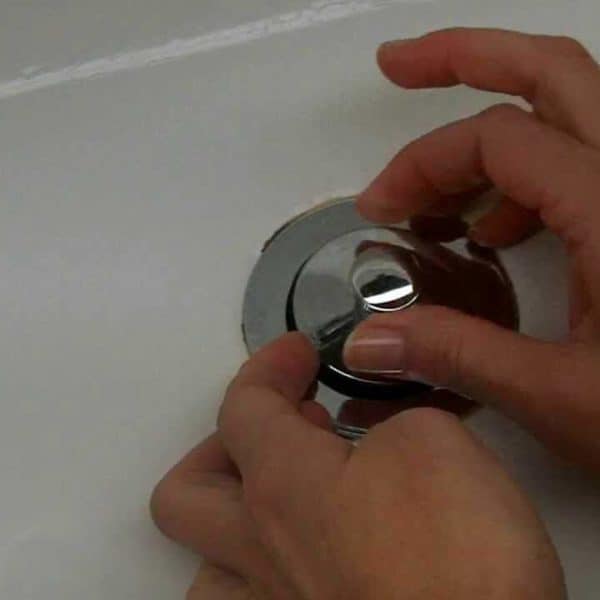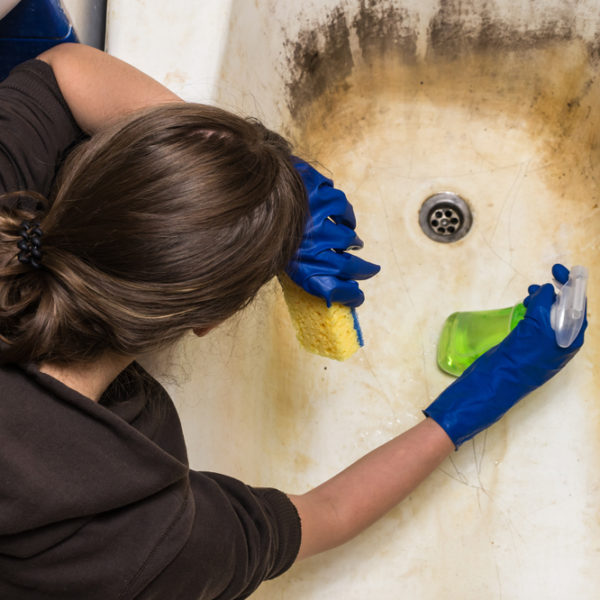The bathroom is an important place in your home – you likely start and finish your day there not to mention multiple visits over the course of your waking hours. That said, besides the kitchen space, bathrooms are one of the most popular remodeling areas of the house.
So if you’re looking for something a bit more spa-like than a stand-up shower or basic soaking bath, you should consider whirlpool tubs or air tubs as an option.
The choice between the two comes down to personal preference, so read this article to find out what features makes each of these units unique and what to consider before going out to purchase one of them.
What is a Whirlpool tub?
Whirlpool tubs are often used as a form of hydrotherapy that provides stress relief and muscle relaxation. Whenever you see a photo of this type of bathtub in operation, you will immediately notice bubbles which actually helps promote healthy blood circulation.
Through the specific use of water jets, this type of jetted tub utilizes an electric pump motor and suction plate – the suction plate draws water from inside the bath and the pump forces this recirculated water through the whirlpool jets.
Leading whirlpool bath manufacturers such as American Standard (budget-friendly) or Carver Tubs (affordable luxury) usually feature some type of control over the force of both the speed and pressure of the jets of water.
This fantastic feature allows bathers to actively control the sensation that they desire, whether that may be a targeted massage (for example a sore back), or a gentler soak.
Homeowners should consider several things before investing in a hydrotherapy whirlpool, no matter if it is a drop-in bathtub surrounded by a deck (common exterior installation), or a corner bathtub designed to give your bathroom a unique appearance.
Besides comparing various brand names, you should consider the following:
- the space available inside your bathroom or desired location
- whether or not your home’s water heater is sufficient enough to handle the size bathtub you want
- overall comfort and design of the soaking tub
- finishing material of the bathtub (acrylic, fiberglass, or cast iron)
- the number and configuration of the whirlpools jets
- does the tub have a self-drying, self-draining, or self-cleaning feature
- custom accessories available like faucets and hand fixtures
What is an Air Tub?
Air tubs on the other hand are best for a gentler, whole-body soothing sensation – great for skin and surface therapy. Another key difference is that air tubs utilize both single-port and multi-port air injectors that only pumps out air to produce its bubbles (which tends to be similar to that of Champagne).
Athletes may prefer the deeper penetrating effects of a whirlpool bath; but unless you are pursuing sports at the professional level, an air bathtub provides an enjoyable soaking and bathing experience nonetheless.
One immediate advantage that comes to mind when comparing different types of bathing solutions is the fact that air tubs are much easier to clean and maintain. Whirlpool tubs and its internal components are much more susceptible to mold and mildew due to periodic buildup of grime and dirt within its water lines.
Homeowners who do not particularly enjoy cleaning will be happy to know that caring for an air bath is similar to regular bathtub maintenance. That said, still be careful to only use the cleaning solution asb recommended by the manufacturer.
Air tubs also come in a variety of shapes, sizes, and materials so it is equally important that you select the best configuration for your comfort and space. You may consider the following:
- does the air tub give you the option of controlling the temperature of the bubbles
- will your renovation budget allow for the significantly pricier air tub
- overall installation is more complicated (you will need a professional electrician and plumber)
- gentle whole body massage vs a more invigorating and targeted massage
Whirlpool Tub vs. Air Tub – Comparison
As you can see, when you are in the market for upgrading your bathroom, you should carefully consider several things before deciding what’s right for you.
It’s important to understand that both whirlpool tubs and air tubs promote relaxation, skin rejuvenation, and muscle recovery. Although the intensity of water jets are much greater than that of jets of air, both bathing solutions have been studied for their healing effects on both arthritis and diabetes patients alike.
You can achieve varied results with both types of hydrotherapy tubs depending on factors such as:
- heat and pressure controls
- various bath products like bath bombs, Epsom salts, and essential bath oils (if manufacturer approved)
- number of jets included
In addition to the above, let’s take a closer look at three specific features of whirlpool tubs vs air tubs to help you make a better informed decision in your bathroom building or remodeling project.
Hygiene
Unfortunately, whirlpool tubs are knowingly more difficult to maintain. Due to its design, bacteria, and mildew often build up in the lines. This is primarily because of dirty bathwater being constantly recycled through the lines during a bathing session.
Manufacturers have been working hard to help combat this situation through implementing newer technology such as the use of antimicrobial pipes.
The fact remains though, that if you own a whirlpool tub, you must incorporate a routine cleaning schedule which includes specific cleaning solutions, manufacturer-recommended purge cycles, and jet maintenance.
Air tubs are generally easier to maintain because they are both self-cleaning and self-drying. For the most part, these types of tubs can be taken care of in much the same way as a regular bathtub.
However, if you are one that enjoys the use of bath oils, please understand that you will have to incorporate a more detailed cleaning schedule.
Installation
Before all else, it will be helpful to know if additional reinforcement will be necessary in order for your current bathroom to support the additional weight of a jetted tub. Additional framing is also commonly required to accommodate specific layouts and configurations.
In either case, both whirlpool tubs and air tubs will require additional installation requirements than that of a standard bathtub. With whirlpool tubs, a licensed plumber is all you need to complete the installation. However, air tubs can be slightly more complicated because a professional electrician will also be needed to install the air system.
That said, the cost of installation will usually be higher for an air tub than for a whirlpool tub. For either tub you choose to install, it is critical to consider the additional electrical requirements involved – be sure that only licensed professionals handle the installation process to maintain the safety and integrity of your new product and home.
Cost
The cost of hydrotherapy tubs can range from $1,000 to $15,000 depending on size, material, and special items tailored specifically for your needs and desires. Custom features may include such things as “LED lighting, built-in pillows, contoured arm rests and seats and even speakers and Bluetooth capability.”
In any case, jetted tubs are generally more expensive than non-jetted tubs – with the aerated version costing slightly more than a tub with water jets. Combination tubs are also an option, however, those will likely be the most expensive of all.
Now let’s just take a look at two hydrotherapy bathtubs to give you an idea of the variation in price between one with water jets compared to a tub featuring air jets.
American Standard 2771VC.020 Evolution
Price: $1,360.05
Features:
- Eight-Jet system
- Molded in armrests
- Antimicrobial piping
- Self-draining pump
Carver Tubs – AR7242 – Jetted Air Massage
Price: $2,150
Features:
- 20-heated jets
- Overflow kit
- Integrated cleansing and purge cycle
- Slip-resistant
Conclusion
Whirlpool tubs and air tubs are excellent options for any homeowner that is interested in turning their normal showering or bathing routine into a more spa-like experience.
It is a personal choice based largely upon available space, budget and overall comfort; however, it would be helpful to refer back to this article and rethink more specific considerations such as hygiene, installation, and cost.
Whatever your decision, you will not be disappointed by your all-new hydrotherapy solution – all you have to do now is turn the lights dim, lay back, and soak.
